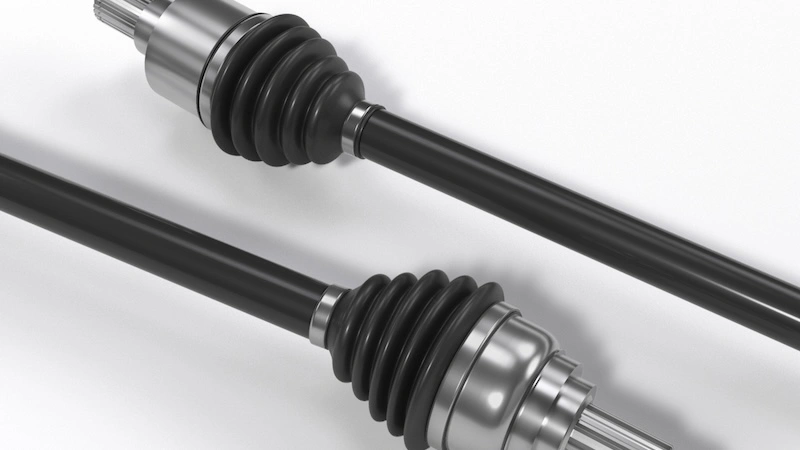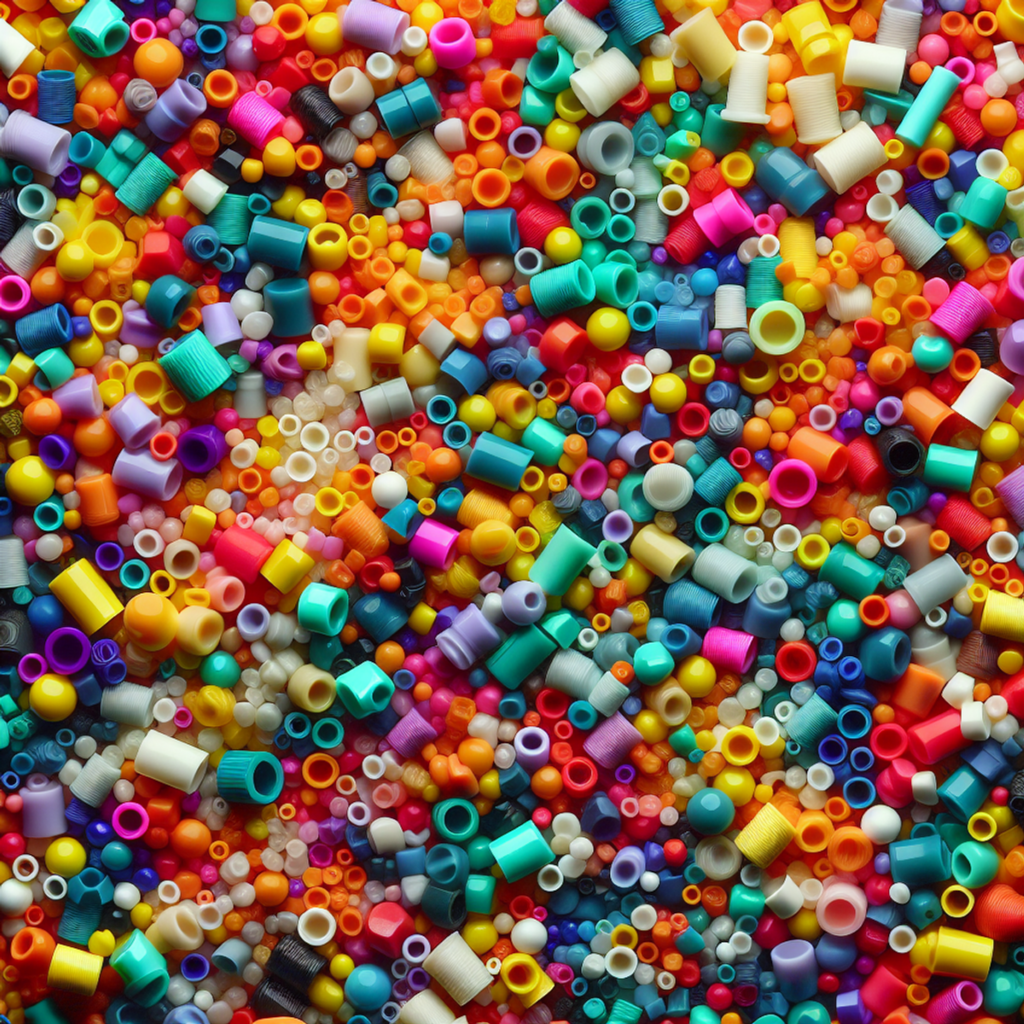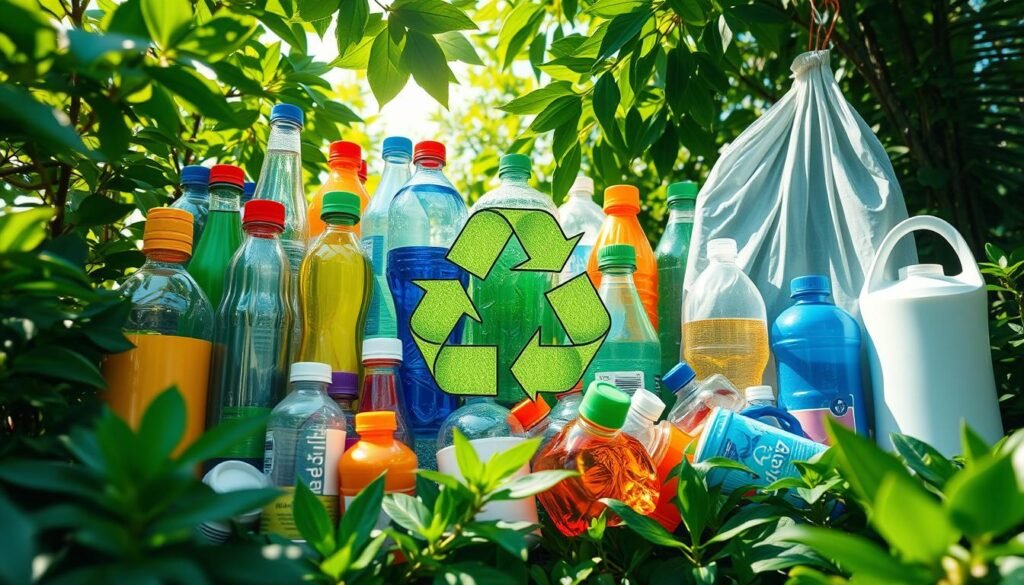Celanese has expanded its range of materials for automotive dust boots and bellows with new sustainable options and a grade suited for injection molding these parts.
Frank Reuter, Automotive Marketing Director, remarked, “With Hytrel TPC and Santoprene TPV, Celanese has become a leader in developing thermoplastic elastomer solutions for boots and bellows. Our new, more sustainable formulas for these materials allow OEMs and their Tier 1 suppliers to meet tougher sustainability goals.” For decades, OEMs have relied on Santoprene TPV and Hytrel TPC for manufacturing durable automotive boots and bellows. The new versions of these materials meet mechanical and performance challenges while helping OEMs achieve a more sustainable future in the automotive industry.
Formulas for Various Applications
Vehicle boots and bellows come in different types, each with specific technical requirements. Celanese has developed special formulas for each application. Many OEMs are switching from non-recyclable thermoset rubber to Santoprene TPV and Hytrel TPC for making boots and bellows.
Hytrel TPC LCF is a thermoplastic elastomer that retains the thermo-mechanical properties, bending fatigue resistance, and processability of Hytrel TPC. However, it reduces the carbon footprint of parts by more than 50% compared to traditional CR neoprene rubber and by 40% compared to other TPC materials. It also offers a broad operating temperature range from -40° to 130°C and a Shore D hardness of 40. Santoprene TPV has provided a more recyclable alternative to thermoset rubber for many automotive applications. The new Santoprene TPV ECO-R matches the quality of standard Santoprene TPV grades but includes post-consumer recycled (PCR) content. Available in two grades with minimum PCR contents of 15% and 25%, Celanese estimates these materials can reduce carbon emissions by up to 59% compared to similar parts made from EPDM synthetic rubber.
ISCC+ Standard Certification
Hytrel TPC ECO-B is produced using the ISCC+ (International Sustainability and Carbon Certification) standard for biomass balance. This method, increasingly adopted in the plastics value chain, is cost-effective and environmentally beneficial. Hytrel TPC ECO-B uses second-generation biomass (bio residues/waste), avoiding competition with food/feed resources and land use changes. ISCC+ certification helps ensure traceability in the upstream supply chain, contributing to environmentally, socially, and economically sustainable production practices globally, promoting a shift towards a more circular economy.
Formula for Injection-Molded Boots
In addition to these materials, Celanese introduced Hytrel TPC HTR8745LV, specifically developed for injection-molded compact boots mounted on a vehicle’s rear half-shaft drive system. Injection molding opens up more design options for these parts and achieves weight reduction and optimized productivity using multi-cavity tools.
Celanese polymer scientists developed a formula combining the melt flow needed for injection molding (LV = Low Viscosity) with the flexural fatigue resistance required for the application. Other grades of CVJ (Constant Velocity Joint) and diaphragm boots need high viscosity to meet flexural fatigue requirements, suitable for press-blow molding, the standard process for these applications. However, this high viscosity hinders injection molding productivity.
Achieving Higher Sustainability at Lower Costs
Laurent Lefebvre, Automotive Marketing Manager, commented, “With the development of these materials and continued investments in tooling and equipment, we help customers find solutions to two major challenges—developing more sustainable mobility and reducing the time and cost of developing new products. The feedback from OEMs and Tier 1 suppliers has been very positive, and parts made from these new Celanese materials will soon be seen in new electric vehicles.”






